As of writing, it is mid-November 2022 and our program is once again out in the field, Jack at the helm, guiding a contingent of late season stewards as they reinforce boundary barriers in the Canaan Mountain Wilderness. With this effort in the rearview, we will wrap our seventh season. However, to imagine any of our work behind us would be a misconception, unfaithful to the heart of land stewardship.
For nearly 40 years, SUWA has defended Utah’s wild places with a rigor and diligence which recognizes that a job complete is rarely a job finished. We understand that though our work is not impregnable, its endurance is grounded in what philosophers call eternal return – and what, for us, speaks literal: we return, time and again, to embrace the responsibility that comes from accepting the intent of willful action. Take it as you will.
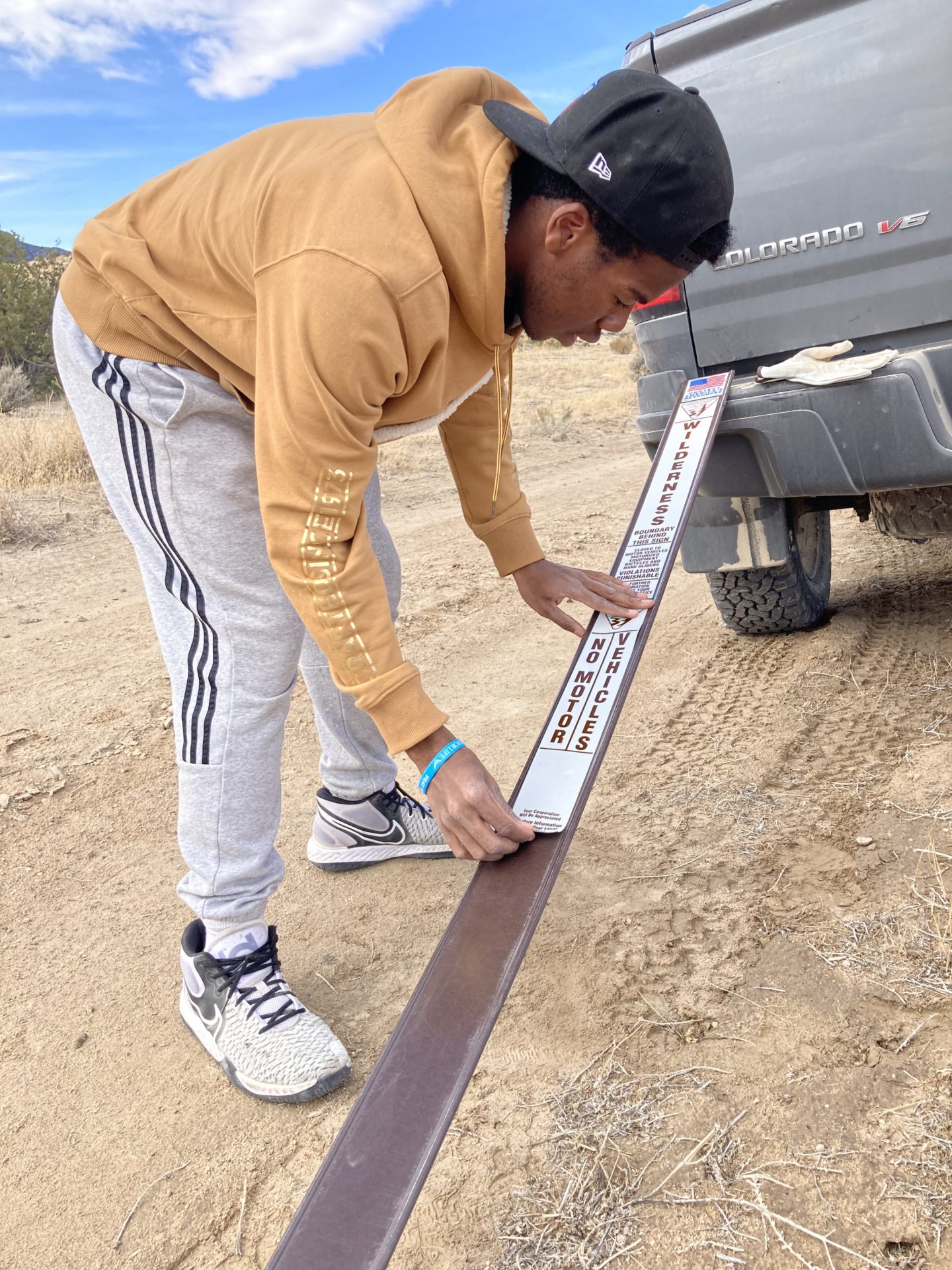
In 2022, we eclipsed several markers of our work in past years. Yet as these numbers accumulate, what matters most are the relationships we build and rebuild – with the land, with coordinating Agency partners at the BLM and Forest Service, and – most importantly – with you, our volunteers, cohorts and collaborators in conservation. All who have served with us know the benefits of being there, of the exchange and expansion that results not only from the work but from the time spent in quieter moments walking between work sites, leaning on the tailgate studying maps, and over dinner diving into the depths of the motivations that brought each of us into relationship with public land.
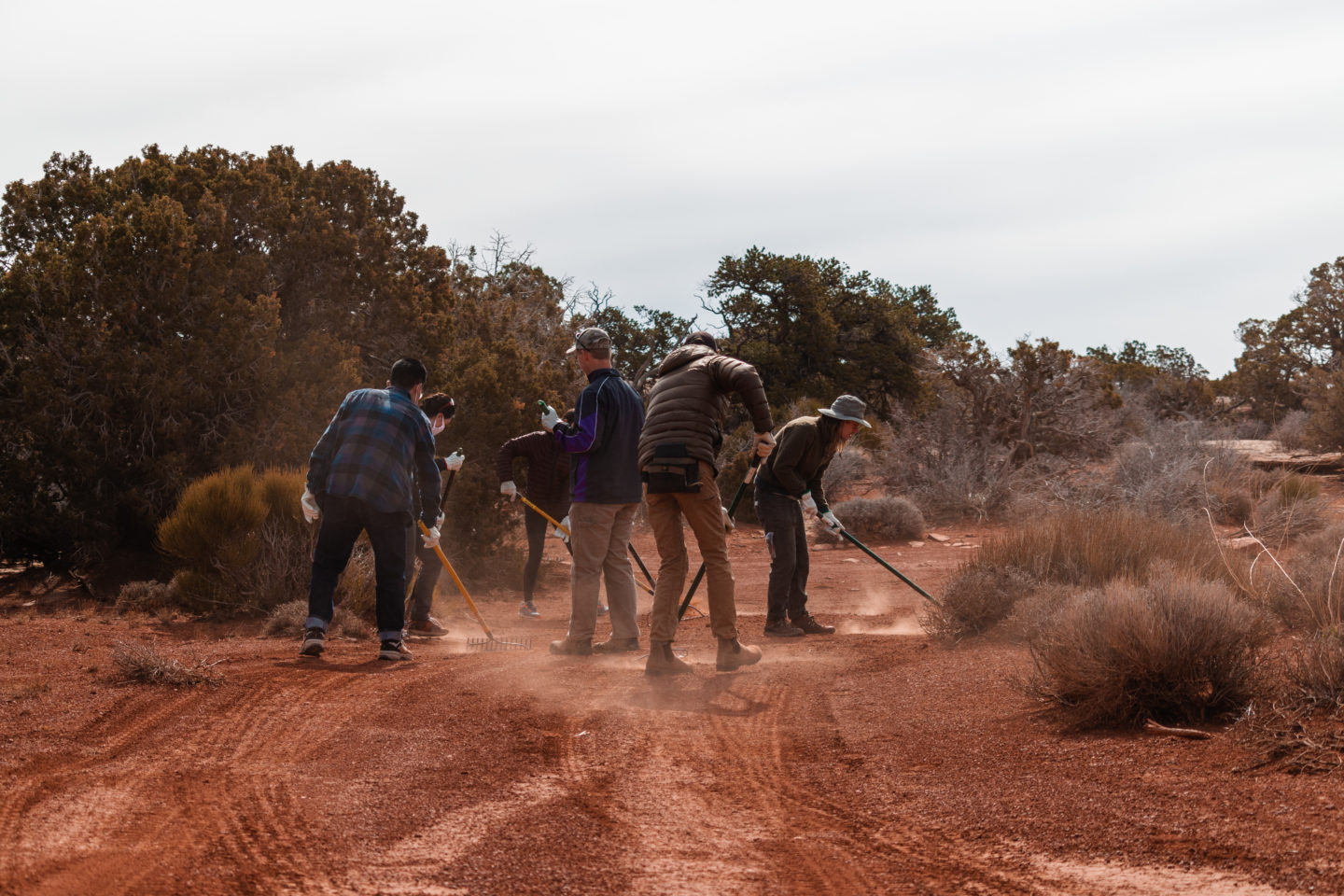
We’ve long explored these themes in our work. In 2023, we ask something simple: bring this conversation to someone new – whether by inviting a friend or neighbor with you on a project, or by supporting our program so that we can ensure a deepening engagement with individuals from underserved communities whose relationship to wild places – however it manifests – is as equally important as that of anyone with easy access to this content. It is small steps that get us there. And we walked quite a way this year.
Numbers At-A-Glance
In 2022 we worked with our Bureau of Land Management (BLM) and US Forest Service partners to:
- close over 33 miles of nonpermitted off-road vehicle (ORV) routes
- physically remediate over 3.5 miles of ground surface
- build nearly 2,400’ of fencing and other WSA and wilderness boundary barriers
- construct upwards of 1,000’ of erosion control structures
- survey and remove graffiti from sensitive cultural sites
- manage 75 nonpermitted campsites
- remove over 1,300 pounds of trash from wild places
- monitor 17 river miles for refuse and camping compliance
- and install or update dozens upon dozens of wilderness signs identifying protected lands in Utah.
Read on for a breakdown of where we’ve been and what we’ve accomplished.
Full Circle in the Circle Cliffs
In late winter, SUWA’s legal team sought the stewardship program’s help to manage off-road vehicle (ORV) travel and camping violations in the Circle Cliffs region of Grand Staircase-Escalante National Monument. SUWA’s GIS team provided maps to help us assess the integrity of Wilderness Study Area (WSA) and national monument boundaries this spring. Several days of our time in the field produced new maps and a written report outlining issues in the region. We shared this information with the Bureau of Land Management (BLM). The result was a three-day program, with a fantastic crew of volunteers, to counter recreational impacts over a long National Public Lands Day Weekend in late September.
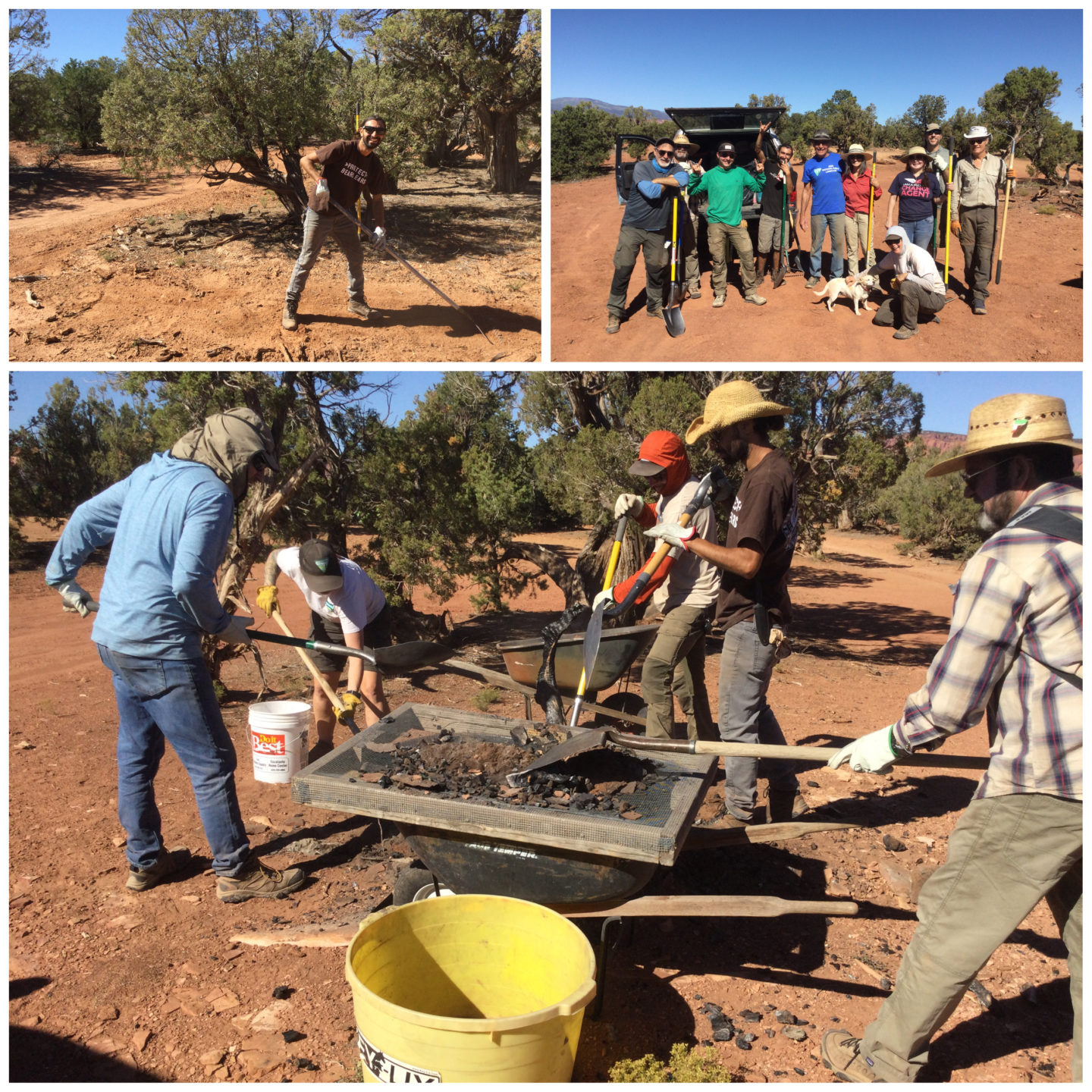
Our nine volunteers logged a total of 187 hours of work. They restored over a mile of nonpermitted routes, remediated or removed 17 dispersed campsites, and retrieved over 300 pounds of trash from public lands. Discussions with BLM on-site during the project now inform our winter fieldwork as we plan to monitor these worksites and expand our 2023 proposal to steward in perpetuity this magnificent landscape.
Student and Scholar Stewardship
We continue to work with Alternative Break and first-generation college students from the University of Utah. This spring we brought a group of students on alternative break to the Canyon Rims Recreation Area to install buck and rail fence to prevent future off-road vehicle impacts. Between bouts of labor, we introduced the students to basic concepts around public lands and their management, as well as to America’s Red Rock Wilderness Act (ARRWA) through large maps pinned to the ground by sandstone rocks, while encouraging dialogue on what it means to be in and to relate to these spaces. The breadth of conversation that emerges from moments such as this – when young minds are introduced to our work and vision – is inspiring. Not only do we lead others to the places of work, but we ourselves are led again to consider and evaluate how our work relates back to the settlements – the cities and institutions and social spheres – which most of us inhabit most of our lives. These ties between justice and land care are inevitable – and essential – and will continue to inform our work through the years.
As well, this fall we again offered direct scholarships to BIPOC students across the Colorado Plateau. These scholarships, managed in coordination with our Organizers, support inclusion of historically underserved youth on our projects. Students both from southern Utah as well as Utah State University’s Logan Campus joined on wilderness lands in October. We look forward to continuing to evolve this scholarship in collaboration with our future Latinx Community Organizer. In the meantime, we will broadcast and support inclusivity as integral to wilderness stewardship.
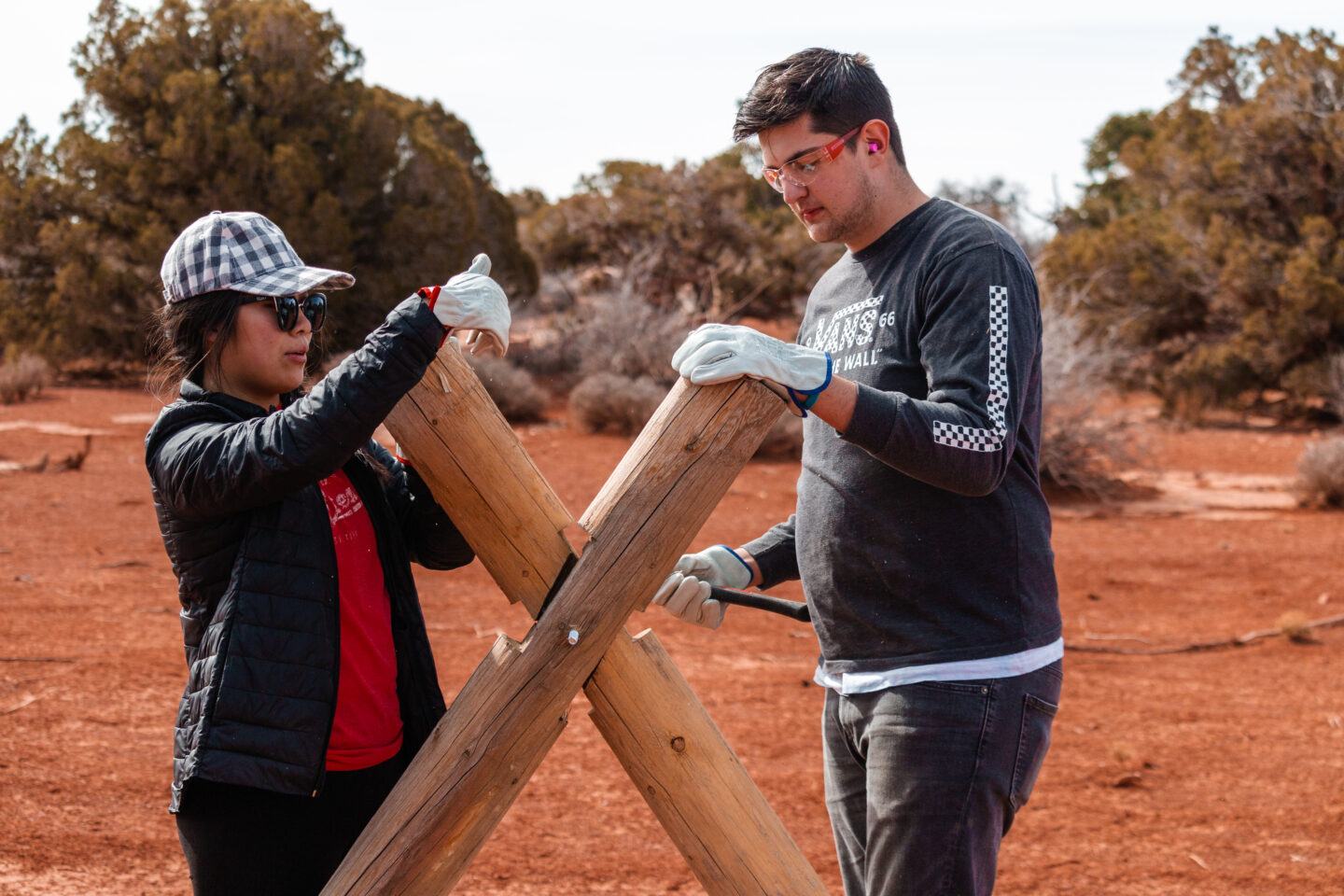
Hear more from stewardship students on Alternative Break:
Building and Rebuilding: Looking Ahead
We continue to work to transform long-term relationships into perennial partnerships on lands across Utah. Whether to enact on-the-ground wilderness protection in Emery County, combat increased ORV activity in the West Desert, or keep pace with travel incursions in the Circle Cliffs of Grand-Staircase Escalante, every year is an opportunity to reset, rebuild and repair.
In 2023, we will pursue two new and expanded collaborations with BLM offices – with the BLM Kanab (who manage the southern reaches of Grand Staircase-Escalante National Monument) and the BLM’s Hanksville Field Station (under whose purview fall the Henry Mountains, Dirty Devil, Factory Butte, and more). These priorities are driven by travel management planning processes, as well as the growing impacts of recreation in these areas. Intentions to grow capacity within our program via staffing in 2023 will inform how we develop these essential relationships.
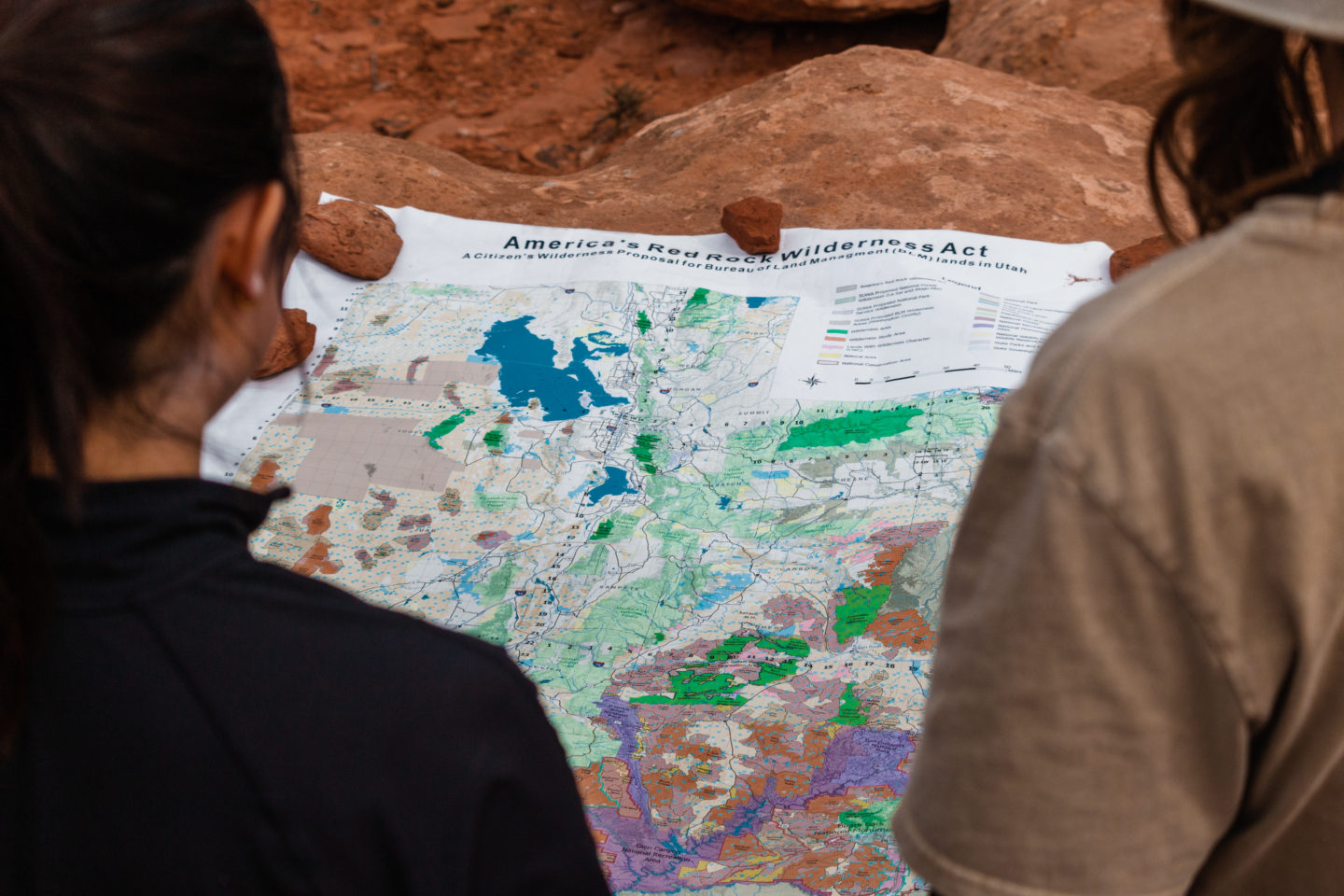
As a start, this fall we conducted fieldwork along the boundary of the Mt. Hillers Wilderness Study Area in the Henry Mountains, as well as adjacent to the Dirty Devil, with a meeting set for early December to discuss 2023 project planning with the BLM Hanksville.
Following a meeting conducted November 1st, we have planned (4) projects in the southern reaches of GSENM in partnership with the BLM Kanab field office. Though we’ve technically worked on lands within purview of this office, we had yet to establish as strong of a relationship here as we have with the BLM’s Escalante Interagency Office. This increase in our presence in the monument will improve our ability to address known and emergent impacts driven by expanding recreation, in particular off-road vehicle and mountain bike use. I hope you will join us when we do.
2022 Work Accomplished
Managed:
- 33 miles of nonpermitted off-road vehicle routes managed for closure
- 3.5 miles of physical surface remediation of said routes
- 20 social hiking trails remediated
- 1,000 sq ft of surface remediation
Installed:
- Barriers & Fencing
- 2,360’ of boundary barrier or fencing
- Buck & Rail Fence: 260′
- Post & Cable Fence: 150′
- Post & Wire Fence: 450’
- Log & Block Barrier: 1500’
- 2,360’ of boundary barrier or fencing
- Erosion Control Features
- Drystacked Wall: 620′
- (2) Debris Nets to manage post-wildfire flash flooding
- Rock Basket Boundary Markers: 8
- (71) Wilderness or WSA signs and (11) Restoration Area Signs
- Drystacked Wall: 620′
Remediated:
- Camping Impacts
- Dispersed Campsites: 20
- Firerings: 55
- Refuse & Trash
- 1325 lbs of abandoned property and trash removed
- Cultural Site Work
- Removed Graffiti from (2) canyons featuring 30+ cultural sites
- Surveyed (6) Archeological Sites Surveyed
Stewardship Numbers Through the Years
2022 Volunteer Hours: 2,500+ / 2016-2022 Volunteer Hours: 15,000+
2022 Volunteers Managed: 145 / 2016-2022 Volunteers: 1050
2022 Project Days: 50 / 2016-2022 Project Days: 235
Stewardship Projects: Where We’ve Been
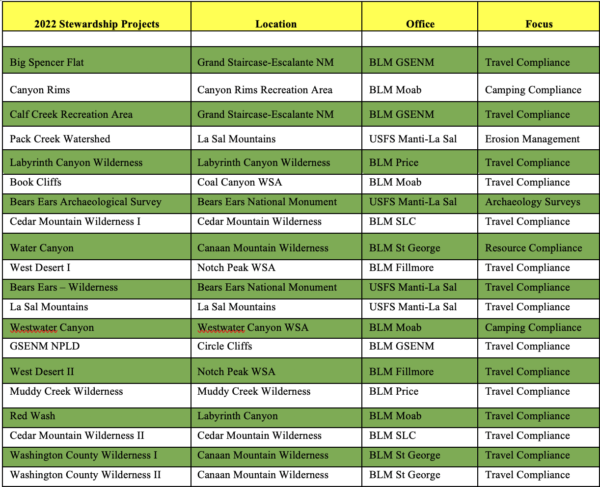
Stewardship Projects – In Field Highlights
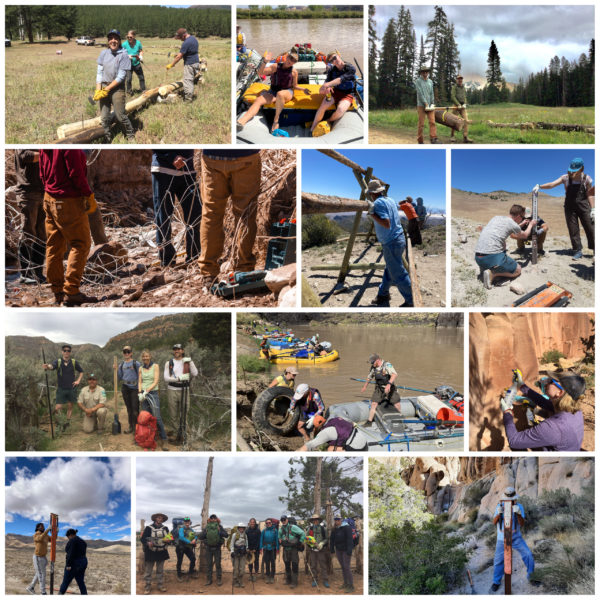
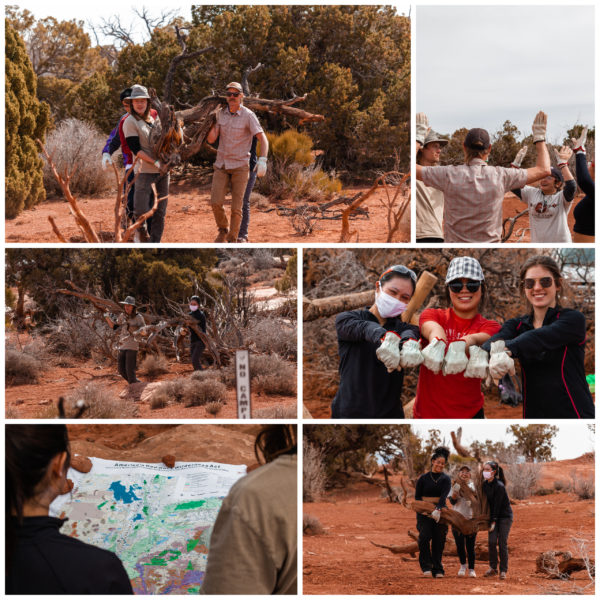
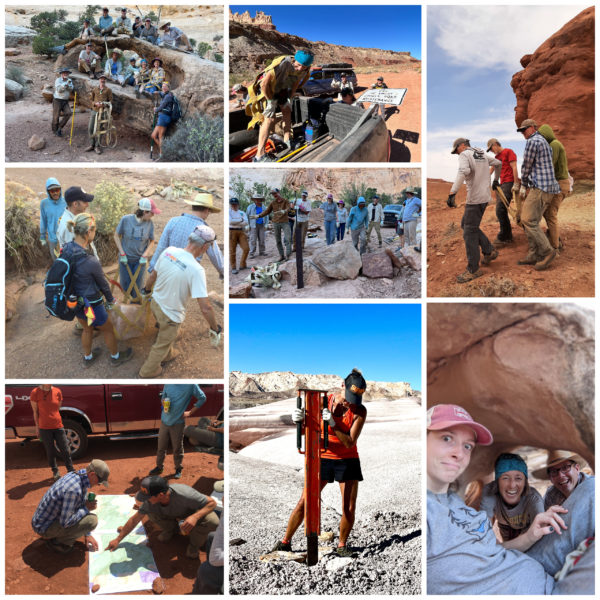
As we spend our winter in and out of the field developing work proposals for 2023, I invite you to register today in advance of the upcoming stewardship season. I hope to see you out there next year. Thank you for being here.

